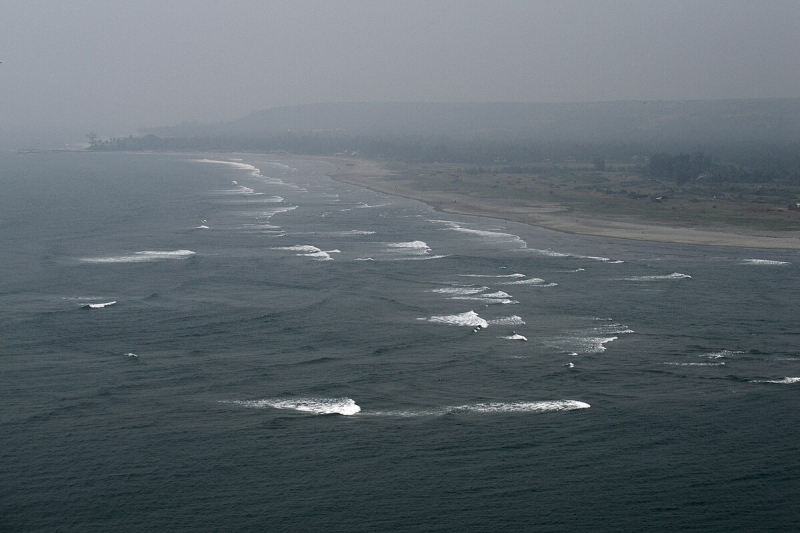The Indian Ocean is known for its significant influence on various weather phenomena
The Indian Ocean is known for its significant influence on various weather phenomena, some of which have far-reaching impacts. One of the most notable events is the Indian Ocean Dipole (IOD), a climate phenomenon characterized by temperature anomalies in the ocean's surface waters. The IOD can lead to shifts in weather patterns, affecting rainfall in the surrounding regions.
Another prominent phenomenon is the Indian Ocean monsoon, which brings seasonal changes in wind patterns and rainfall. The Southwest Monsoon, occurring between June and September, delivers heavy rains to parts of India and Southeast Asia. Conversely, the Northeast Monsoon, from October to December, influences the eastern coast of India and contributes to regional weather patterns.
The 2004 Indian Ocean tsunami remains one of the most tragic events in the region's history. Triggered by a massive undersea earthquake off the coast of Sumatra, Indonesia, it led to a series of tsunamis that affected numerous countries bordering the Indian Ocean. The disaster highlighted the vulnerability of coastal communities to such natural events.











